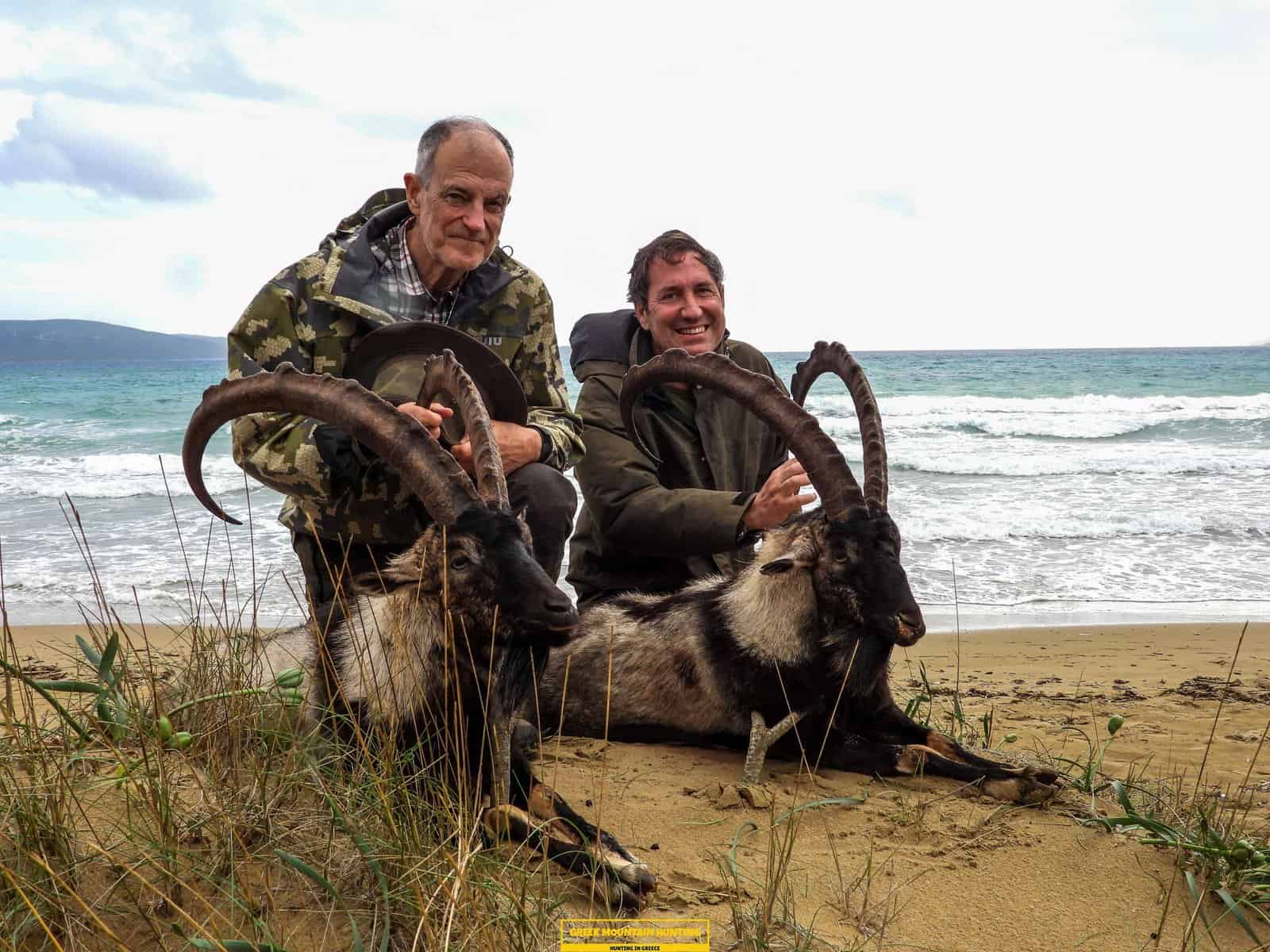Hunting for Kri Kri ibex as well as angling in Greece
Hunting for Kri Kri ibex as well as angling in Greece
Blog Article

They say that the Peloponnese peninsula is the "genuine" Greece. And also we say, if you're trying to find a memorable journey, our hunting as well as exploring Peloponnese tour from Methoni is the best means to experience all that this lovely nation needs to offer.

The number of Ibexes varies with the population because it is not set. The Ibexes of the Cretan Ibex breed Kri-Kri is the smallest ibex in regards to body weight, but not horn length (Capra Aegagrus Cretica). A few samplings that went uncounted gauged 115 cm (45 inches). The gold trophy is 61 centimeters (24 inches) long. The Kri-Kri ibex is pursued in Greece right now. Hunting is readily available on Atalanti and also Sapientza. Searching is permitted on Atalanti from the last week of October to the very first week of December. Hunting is allowed on Sapientza for the entire month of November, relying on weather conditions.
What to Expect on a Peloponnese Tour? You can anticipate to be blown away by the all-natural charm of the area when you schedule one of our hunting and also visiting Peloponnese Tours from Methoni. From the excellent coastlines to the hills and also forests, there is something for every person to enjoy in the Peloponnese. On top of that, you will have the chance to taste some of the best food that Greece needs to supply. Greek food is renowned for being fresh and scrumptious, and you will most definitely not be dissatisfied. One of the very best components concerning our trips is that they are designed to be both fun and educational. You will certainly learn more about Greek background and also society while also reaching experience it firsthand. This is a fantastic chance to submerse on your own in everything that Greece has to use.
If you are looking for an authentic Greek experience away from the hustle and bustle of tourist then look no better than Methoni in The Peloponnesos! Our outside searching for Kri Kri ibex, angling, free diving as well as visiting Peloponnese tours from Methoni are the perfect method to discover this beautiful area at your very own speed with like minded individuals. Contact us today to book your put on one of our tours.
What is the diference between Kri Kri ibex, Bezoar ibex and hybrid ibex
The kri-kri is not thought to be indigenous to Crete, most likely having been imported to the island during the time of the Minoan civilization. Nevertheless, it is found nowhere else and is therefore endemic to Crete. It was common throughout the Aegean but the peaks of the 8,000 ft (2,400 m) White Mountains of Western Crete are their last strongholds–particularly a series of almost vertical 3,000 ft (900 m) cliffs called ‘the Untrodden’—at the head of the Samaria Gorge. This mountain range, which hosts another 14 endemic animal species, is protected as a UNESCO Biosphere Reserve. In total, their range extends to the White Mountains, the Samaria National Forest and the islets of Dia, Thodorou, and Agii Pandes.
This Ibex is NOT a diminutive form of the Bezoar Ibex, which has migrated into the western-most reach of the range of this species. The kri – kri (Capra aegagrus cretica), sometimes called the Cretan goat, Agrimi, or Cretan Ibex, is a feral goat inhabiting the Eastern Mediterranean, previously considered a subspecies of wild goat. The kri-kri has a light brownish coat with a darker band around its neck. It has two horns that sweep back from the head. In the wild they are shy and avoid tourists, resting during the day. The animal can leap some distance or climb seemingly sheer cliffs.
“The agrimi goat Capra aegagrus cretica is unique to Crete and its offshore islands. It has been identi®ed as a sub-species of the wild bezoar goat Capra aegagrus aegagrus Erxleben, 1777, which it closely resembles in horn shape, body form and coloration. This classi®cation has been disputed by some researchers who claim that the agrimi are feral goats, derived from early domestic stock brought to the island by the ®rst Neolithic settlers. In order to clarify this issue, DNA analyses (cytochrome b and D loop sequences) were carried out on tissue of live and skeletonized agrimi and compared to sequences of wild and domestic caprines. Results conclusively show the agrimi to be a feral animal, that clades with domestic goats (Capra hircus) rather than with wild Asiatic bezoar. This study demonstrates that morphometric criteria do not necessarily re¯ect genetic af®nities, and that the taxonomic classi®cation of agrimi should be revised.”
Report this page